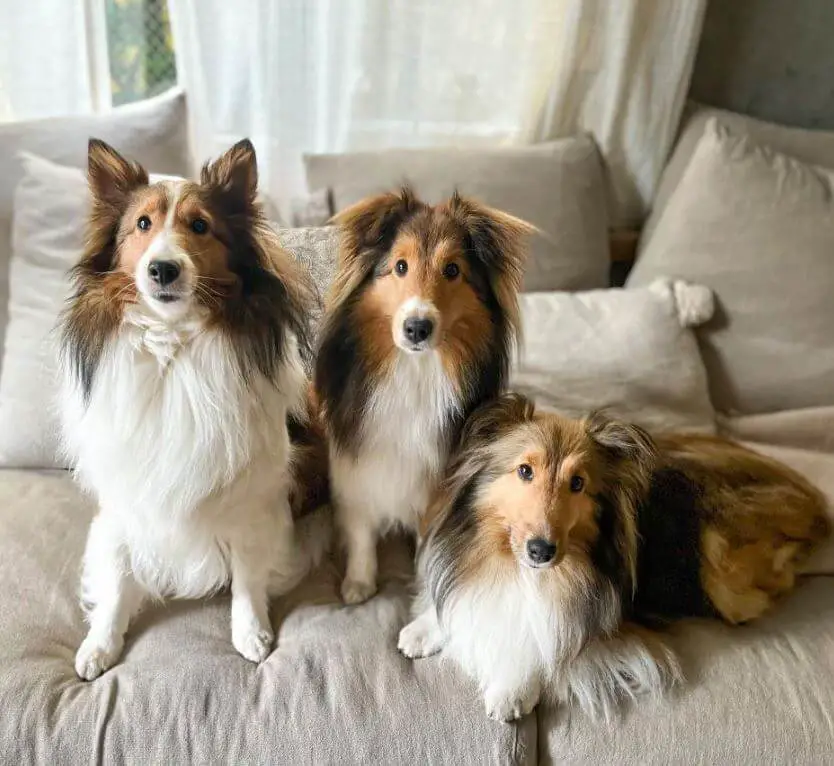Whether you’re aiming to keep your dog safely within the yard or prevent them from wandering into certain rooms, boundary training is a valuable skill that promotes safety and well-being. In this comprehensive guide, we’ll explore the principles and techniques of boundary training, offering practical tips for keeping your dog inside the yard or outside specific rooms.

Understanding Boundary Training:
Boundary training involves teaching your dog to recognize and respect designated limits, whether it’s the perimeter of your yard or the entrance to certain rooms inside your home. This training not only enhances safety but also provides mental stimulation for your furry friend.
Establishing Boundaries Inside the Yard:
- Use Positive Reinforcement: Reward your dog with treats, praise, or playtime when they stay within the desired boundaries. Positive reinforcement encourages them to associate staying within the yard with positive experiences.
- Utilize Physical Barriers: Fencing or invisible barriers (such as wireless pet containment systems) can provide a clear visual indication of the boundary. Introduce your dog to these boundaries gradually, allowing them to understand the limits.
- Consistent Commands: Use consistent verbal commands, such as “stay” or “boundary,” when your dog approaches the designated limit. Reinforce these commands with positive reinforcement when they comply.
- Supervised Practice Sessions: During initial training, supervise your dog closely to correct any attempts to breach the boundaries. Gradually increase the time and distance as your dog becomes more accustomed to the limits.

Keeping Dogs Out of Specific Rooms:
- Closed Doors or Gates: Physically block access to certain rooms by keeping doors closed or using baby gates. This visual barrier helps your dog understand the restricted area.
- Negative Reinforcement: If your dog attempts to enter a forbidden room, discourage the behavior with a gentle but firm “no” and redirect them to an appropriate space. Consistency is key to reinforcing the restricted area.
- Create Positive Associations: Make the restricted rooms less appealing by associating them with less desirable experiences. For example, if a certain room has loud noises or is less comfortable for your dog, they may be less inclined to enter.
- Reward Appropriate Behavior: When your dog respects the boundaries and avoids the restricted area, reward them with praise, treats, or a favorite toy. Positive reinforcement encourages them to repeat the desired behavior.
Common Challenges and Solutions:
- Persistence: Consistency is crucial. Stay persistent in enforcing boundaries, especially during the initial training phase.
- Patience: Understand that boundary training takes time. Be patient and avoid punishing your dog for mistakes, focusing instead on reinforcing positive behavior.
- Adaptability: Be prepared to adapt your training methods based on your dog’s individual temperament and responses. Tailor your approach to suit their unique needs.

Effective boundary training is an investment in your dog’s safety and the harmony of your home. By using positive reinforcement, clear visual cues, and consistent commands, you can teach your dog to respect the limits of the yard or certain rooms. With patience, persistence, and a positive approach, you’ll create a well-behaved and content canine companion who understands and respects their boundaries.
